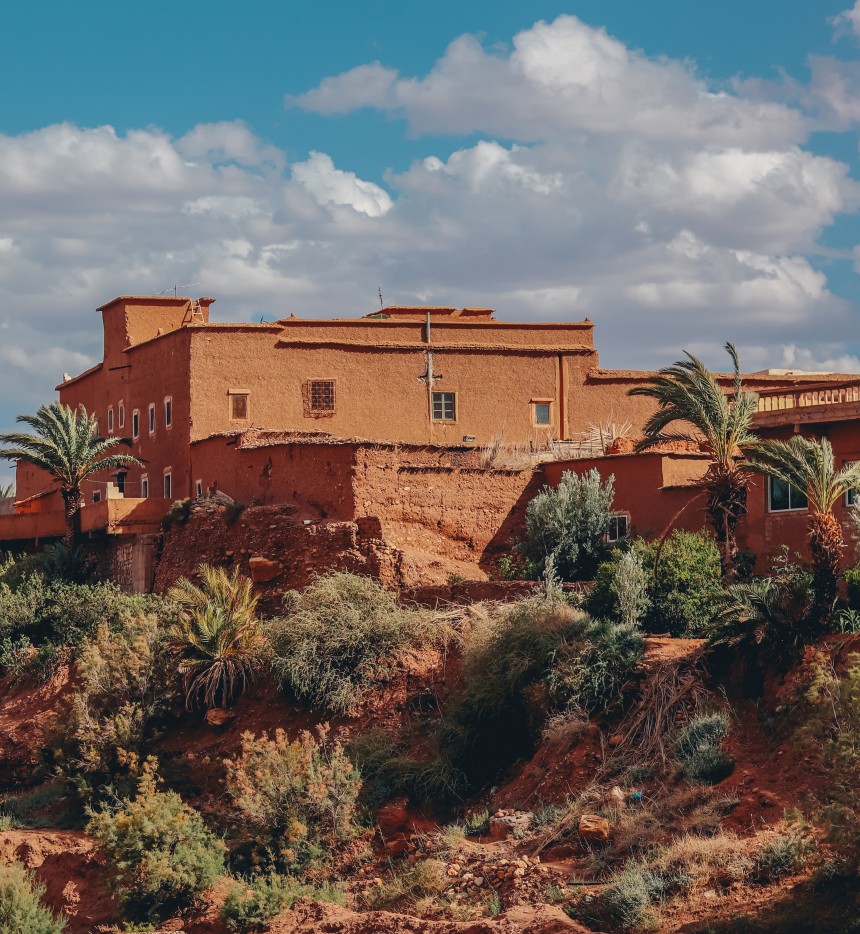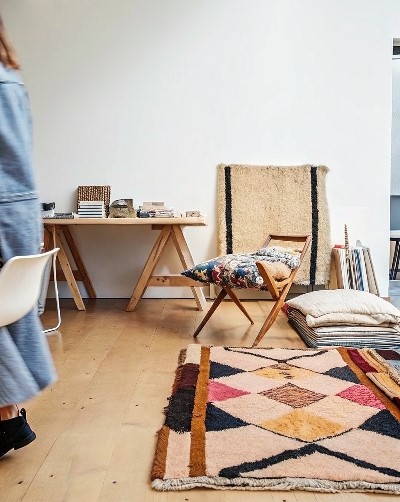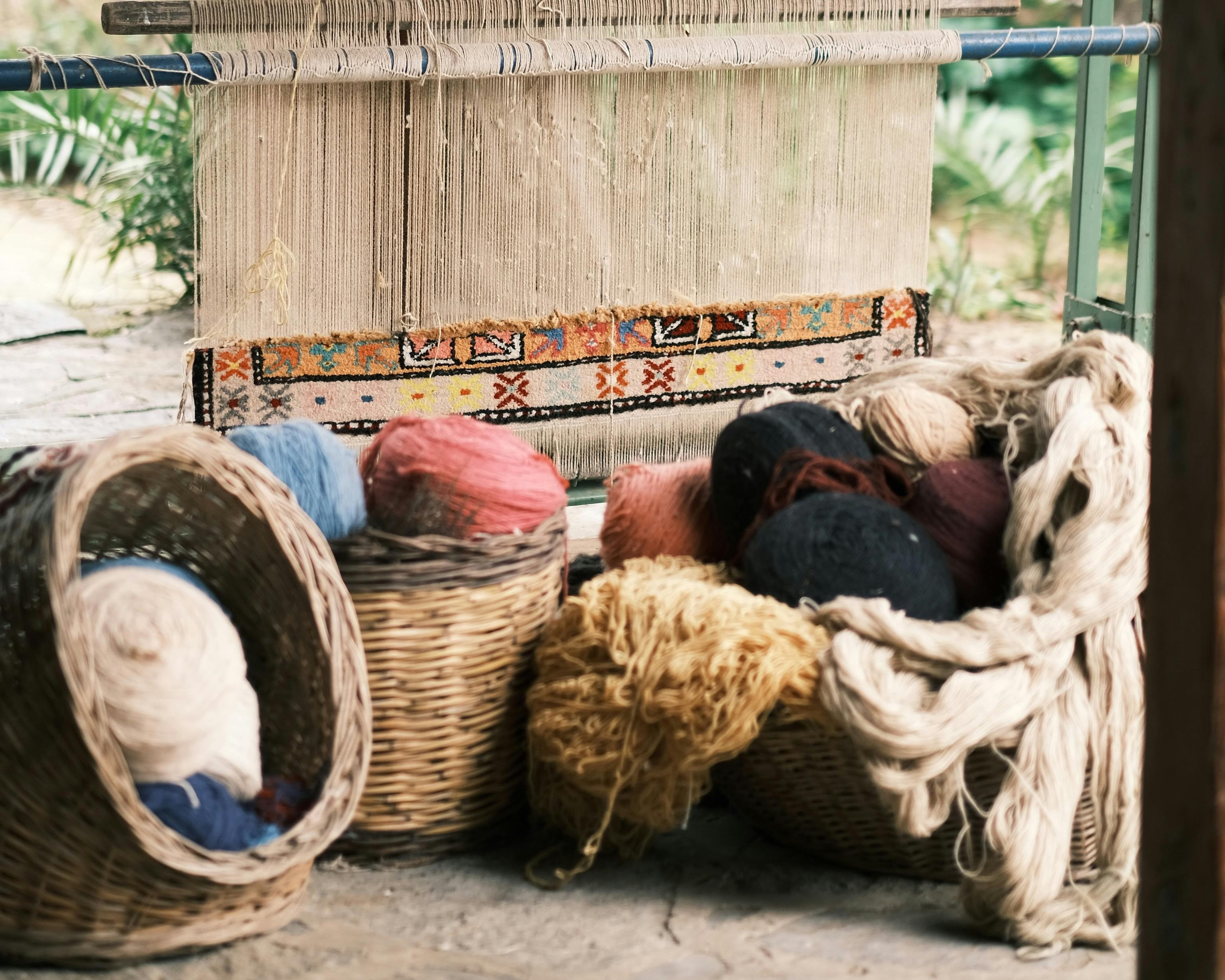
It was 6:00 a.m. in Marrakech, and I could hear an adventure calling my name. Birds were already chirping, and while this pre-dawn wake-up call could have been brutally cold in February, it was actually quite pleasant here. I had a car ride with the founders of the Moroccan rug label Babakech ahead of me. We were driving out into the Atlas Mountains to meet the women who weave traditionally handcrafted rugs and to see the washing and drying process that takes place before each piece is shipped off to its new owner's home.
The sun was setting as we arrived at a nearby river valley where the washing and drying is done. A herd of sheep and goats marched to their shed near the driveway. After weaving, each rug is brought here to be thoroughly washed with water, brushed with brooms, back torched to ensure the yearns stick, and finally hung out to dry in Morocco's scorching sun.
The weavers were still examining all of the rugs, touching the freshly washed surfaces, measuring the dimensions, and updating the documentation of current orders as the moon rose in a lavender sky. They then decided which rugs would be shipped to Marrakech and which would be left to dry.





